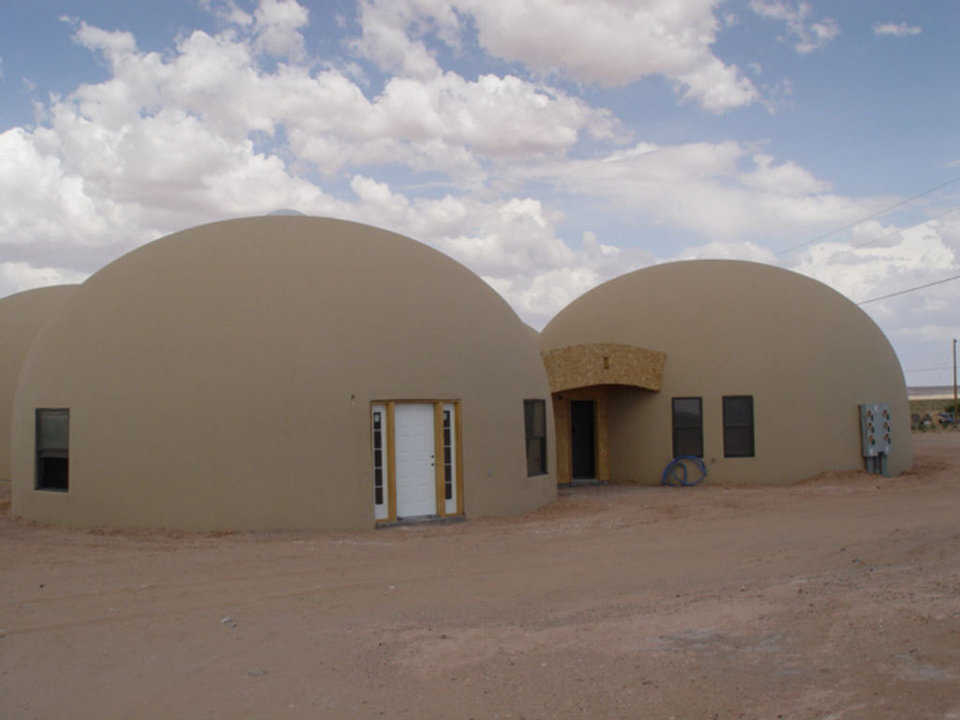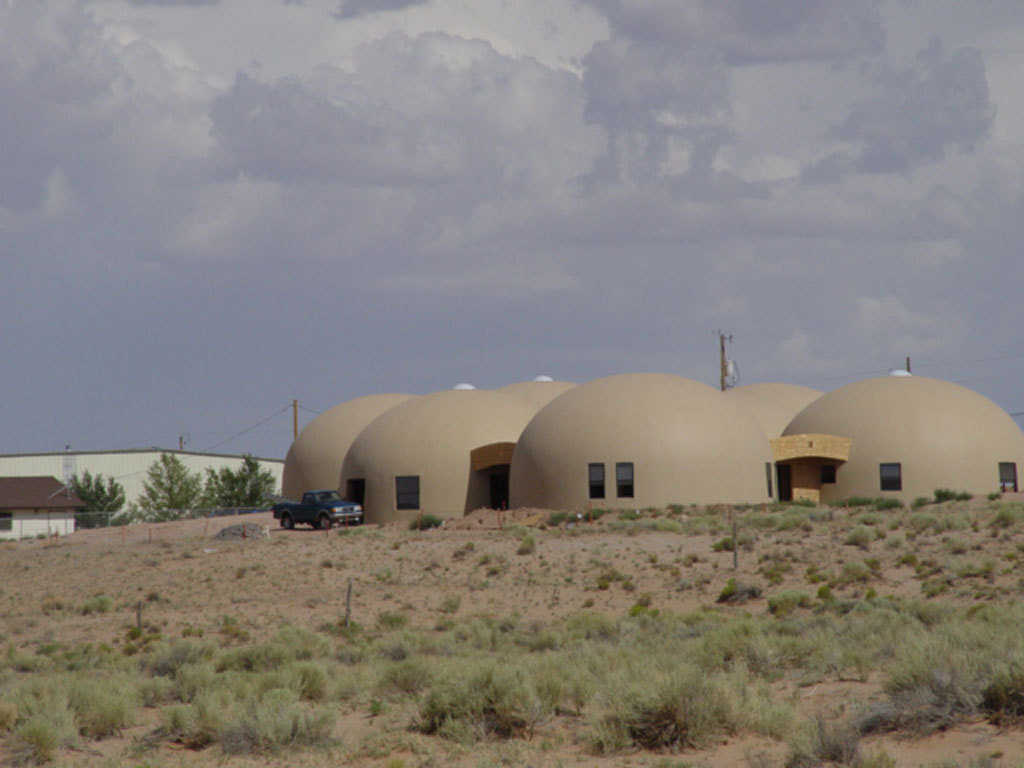
Sustaining Diné Futures: How Eco-Conscious Housing is Reshaping the Navajo Nation
In the vast, starkly beautiful landscape of the Navajo Nation, a silent revolution is underway – one built on adobe, solar panels, and the enduring spirit of the Diné people. Faced with a chronic housing crisis exacerbated by historic underinvestment, remote locations, and the looming threat of climate change, the largest Native American reservation in the United States is embracing sustainable living as not just a necessity, but a pathway to self-determination and cultural preservation. This isn’t merely about building houses; it’s about constructing resilient communities that honor tradition while innovating for a healthier, more independent future.
The statistics paint a grim picture. An estimated 18,000 homes are needed across the Navajo Nation, with approximately 30-40% of existing residences lacking access to basic utilities like running water or electricity. Many families live in dilapidated structures, often overcrowded, and frequently reliant on wood-burning stoves for heat, contributing to poor indoor air quality. For decades, federal housing programs have struggled to meet the unique challenges of the reservation: vast distances between communities, a lack of developed infrastructure, complex land tenure issues, and a housing model often ill-suited to the Diné way of life.
However, a paradigm shift is gaining momentum. Tribal leadership, non-profit organizations, and innovative developers are increasingly turning to sustainable housing solutions that address these long-standing issues head-on. These projects are not simply about reducing carbon footprints; they are deeply intertwined with economic development, health outcomes, and the spiritual well-being encapsulated in the Diné philosophy of Hózhó, which emphasizes balance, harmony, and interconnectedness with the environment.
Energy Sovereignty Through Solar Power
Perhaps the most visible and impactful aspect of sustainable housing on the Navajo Nation is the widespread adoption of solar power. With an abundance of sunlight across its 27,000 square miles, solar energy is a natural fit for electrifying homes in remote areas beyond the reach of the traditional grid. The Navajo Tribal Utility Authority (NTUA), in conjunction with various partners, has been instrumental in expanding solar access.

"For generations, many of our elders lived without the basic amenity of electricity, relying on kerosene lamps and battery-powered radios," explains a representative from NTUA. "Solar power isn’t just about turning on a light switch; it’s about health, education, and economic opportunity. It’s about energy sovereignty, allowing our people to harness our own resources."
Off-grid solar systems, often paired with battery storage, are being installed in new homes and retrofitted into existing ones. These systems provide reliable, clean electricity for lighting, refrigeration, and essential medical equipment, dramatically improving quality of life. Beyond individual homes, community-scale solar projects are emerging, powering wells, schools, and even small businesses, reducing reliance on fossil fuels and external energy providers.
One compelling example is the collaboration between organizations like Native Renewables and the Navajo Nation, bringing solar power to homes that have never had it. Their approach involves not only installation but also comprehensive training for tribal members in solar technology maintenance, fostering local expertise and job creation. This commitment to local capacity building ensures the sustainability of these projects in the long run.
Water Resilience: Harvesting the Sky
Water scarcity is an existential challenge on the Navajo Nation, a region frequently plagued by drought. Many families haul water over long distances, a physically demanding and time-consuming chore that limits access to sanitation and clean drinking water. Sustainable housing projects are directly tackling this issue through advanced water conservation techniques.
Rainwater harvesting systems are becoming a standard feature in new sustainable homes. Large cisterns collect rainwater from rooftops, providing a decentralized and reliable source of non-potable water for washing, flushing toilets, and even gardening. Paired with filtration systems, some projects are able to provide potable water.
"We live in an arid land, and every drop counts," says Mae Begay, a resident of a newly constructed sustainable home in Leupp. "Having a rainwater catchment system means I don’t have to drive miles to get water for my garden or for cleaning. It gives me a sense of security, knowing I have water right here at my home, especially when the wells run low."
Beyond rainwater harvesting, greywater recycling systems are gaining traction. Water from sinks and showers is filtered and reused for irrigation, further reducing demand on precious groundwater resources. Composting toilets, though sometimes met with initial skepticism, are also being integrated into some designs, eliminating the need for flush water and turning waste into valuable soil amendments. These innovations are not merely technological fixes; they represent a fundamental shift in how the Diné interact with and value water.
Culturally Appropriate and Healthy Design

Sustainability on the Navajo Nation extends beyond energy and water to the very fabric and design of the homes themselves. There’s a strong emphasis on building structures that are culturally appropriate, energy-efficient, and promote healthy indoor environments.
Many designs draw inspiration from the traditional hogan, the circular or polygonal dwelling central to Diné culture and spirituality. While modern homes rarely replicate the hogan entirely, elements like strategic orientation for passive solar heating and cooling, natural ventilation, and the use of local, natural materials are incorporated. Adobe, straw bale, and locally sourced timber are preferred for their thermal mass properties, which help regulate indoor temperatures, reducing the need for artificial heating and cooling. These materials also minimize the carbon footprint associated with transport and manufacturing.
"Our ancestors built homes that were in harmony with the land and the climate," states Jonathan Nez, a Diné architect involved in several sustainable housing initiatives. "We are returning to that wisdom, but with modern technology. We design homes that breathe, that use the sun and wind to their advantage, and that are built with materials that are healthy for the occupants and the Earth. This connection to place is vital for our well-being."
Indoor air quality is a critical concern, especially given the prevalence of respiratory illnesses. Sustainable homes often feature passive ventilation strategies, low-VOC (volatile organic compound) paints and finishes, and highly insulated envelopes to prevent drafts and moisture intrusion, which can lead to mold. The focus is on creating "healthy homes" that contribute to the overall wellness of the occupants.
Economic Empowerment and Community Building
The sustainable housing movement on the Navajo Nation is also a powerful engine for economic development and community empowerment. These projects prioritize local labor, providing job training and employment opportunities for tribal members in construction, solar installation, and sustainable building techniques. This not only injects money into the local economy but also builds a skilled workforce capable of maintaining and expanding these initiatives.
Organizations like the Red Feather Development Group, for instance, focus on addressing critical housing and health needs through culturally appropriate, sustainable solutions, often involving hands-on training for community members. Their model emphasizes community engagement, ensuring that projects meet the specific needs and preferences of the families they serve.
Furthermore, reducing energy and water bills through sustainable design has a direct economic benefit for residents, freeing up income that can be spent on food, education, or other necessities. This financial resilience is particularly important in a region with high rates of poverty.
Challenges and the Path Forward
Despite the significant progress, challenges remain. Securing adequate funding is a perpetual struggle, as sustainable building methods, while cost-effective in the long run, can have higher upfront costs. Navigating complex federal and tribal regulations, developing robust supply chains for specialized materials, and addressing the sheer scale of the housing need are ongoing hurdles.
However, the momentum is undeniable. The Navajo Nation is demonstrating that sustainable living is not a luxury but a fundamental component of self-determination and resilience. By integrating traditional knowledge with modern innovation, by prioritizing local resources and empowering its people, the Diné are not just building houses; they are laying the foundation for a vibrant, healthy, and self-sufficient future, one home at a time. The sustainable housing movement on the Navajo Nation stands as a powerful testament to the ingenuity and enduring spirit of a people dedicated to Hózhó – living in harmony with the land, their culture, and their collective destiny.

